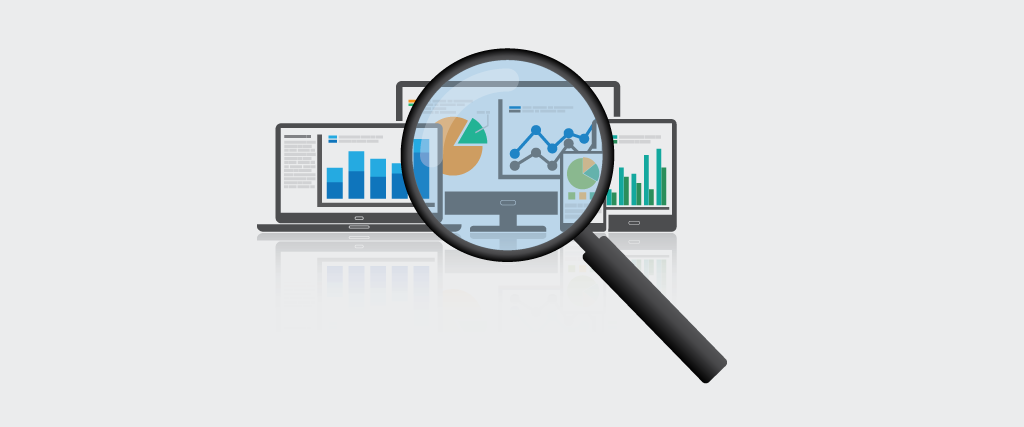Article
UI/UX Principle #44: Give Data Context to Make It Useful

At Fresh, analytics are a central part of our scientific UI/UX design process.
We believe that data is useful. It allows you to look at the numbers, learn from them, and identify concrete areas for improvement.
However, without context, data is just data. For this reason, we advocate for making quantitative metrics contextual in order to ensure they are useful in advancing the design.
In a post on integrating analytics to improve UI, we explained that analytics allow teams to better understand their users and what aspects of the experience are working best. Analytics are a useful way to prepare for user testing.
Pregame analysis with ready-made data allows you to approach users with specific questions in mind. Context is essential to understanding data and what it’s telling us about our users and our products.
Frame the Problem Prior to Analysis
It can be difficult to know what’s good and what’s bad about a design – what’s working and what isn’t. With data, it’s easier.
In the Complete Beginner’s Guide to Analytics, the team at UX Booth writes, “If you can’t measure [the experience], how will you know if it was successful? This is the question that drives UX practitioners to collect and analyze data. Online and off, we gather data that tells us things like how many people clicked, where they navigated to, when they exited, and what they searched for. We use this analysis to gauge the effectiveness of our designs. In other words, when we see what actions people take, we see how well our designs communicated with them.”
Data allows you to visualize the user’s response to a design. But in order to get granular with your metrics and hone in on how to improve your design, it’s important to ask questions that focus on potential issues. Data can then be used to find a solution.
Some important questions for your team to ask include:
- Why are we looking at these numbers? What, specifically, can they teach us about our users?
- Without spending a ton of time gathering new data, are there existing analytics we can use to identify trends and insights?
- What are three essential issues we can address to improve the user experience?
- What navigation items, elements, and links people are clicking?
- What content matters most to users?
- What functionality matters most?

Benchmarking Your Design Against Competitors Can Be Helpful
Relativity is important when trying to improve your design and launch it above the competition. Often, when you analyze your design in relation to the competition, you can easily gather data that gives you a roadmap for how to set yourself apart.
Three benchmarks worth considering (among many others) include:
- Bounce Rate: Does your site confuse users? Are they leaving – or bouncing – before you’d like them to?
- Conversion Rate: Are users signing up, filling the form, or clicking the checkout button? What percentage of users are accomplishing the goal of using the site
- Average Time on the Page: How long are users staying on your site? How long are they spending reading your content?
Imagine that your bounce rate is 70%. That seems high. But how do you know if it’s above or below average? Maybe for your type of site, a high bounce rate is common.
In that case, it’s important to look at the bounce rate of competitors. If their bounce rate is 80%, then you might be in better shape that you thought. The same goes for the rate of conversion and the average time spent on a page. While it would be ideal for the conversion rate to be 100% and for the time users spend on a page to be longer than we anticipated, that won’t always be the case. Looking at how competitor sites are performing can give you the context you need to make sense of your data.
Without Context, Data is Just Data
While your data may reveal alarming problems, maybe those points are outliers, and not indications of large-scale problems.
Without context, data is just data. And in order to make it useful to advance your designs, we recommend contextualizing your data using the aforementioned approaches.
Interested in learning more about analytics? Check out our post on Using Google Analytics for Optimization.










